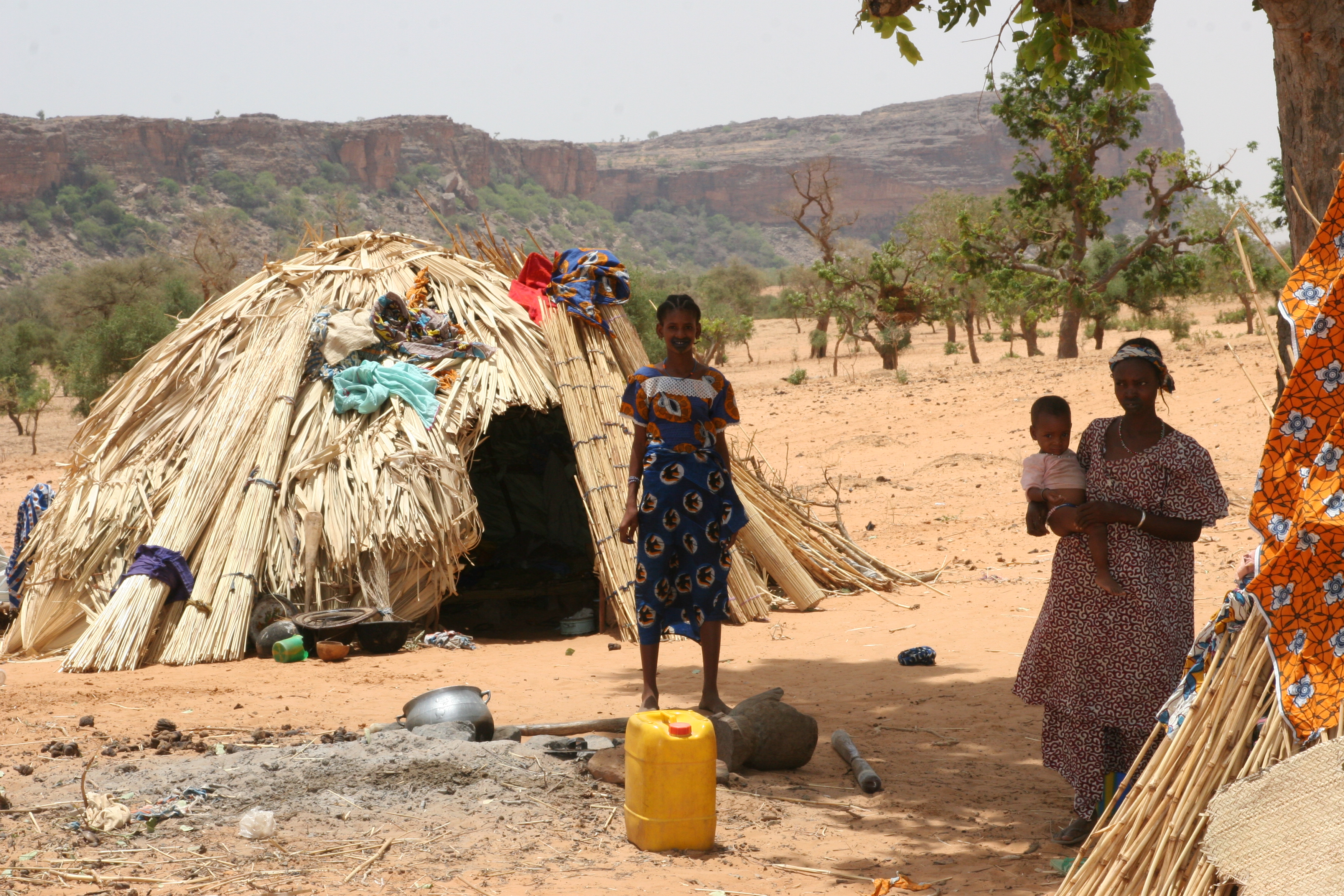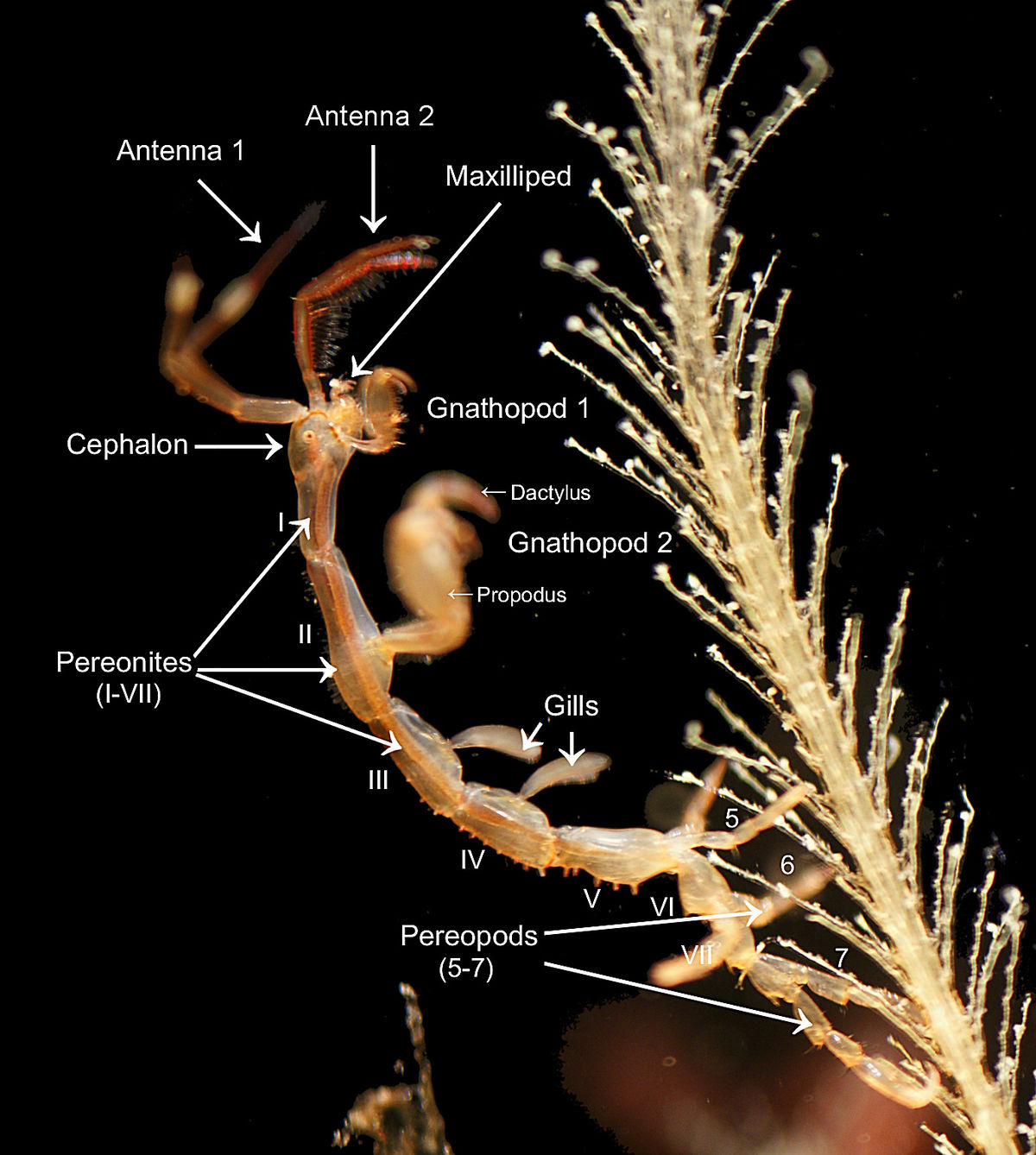Welcome to Part 2 of my Culture Building 101 series. For the other posts, click here. For the Conlanging 101 series, click here. To see these concepts in action in my books, click here.
Environment/Biology
Picture your most ideal, favorite place to be. Is it strolling on a sunny beach? Is it walking down the street of your favorite neighborhood, full of colors and music? Is it sitting next to a mountain stream, with absolutely nothing but nature around you? Consider why this special scene is your ideal—what cultural influences from your background are you drawing upon? Were you born in a city and long for peace and quiet? Did you grow up feeling stuck in a rural area and wanted something more vibrant and exciting? Yes, there is a reason I’m asking these questions. Let’s dive in!
The environment not only shapes your individual preferences (quiet mountain streamside enjoyers unite!), but entire cultures. We are beings with physicality reacting to a physical world. We know that the world, and the universe, is full of a vast range of environments—some habitable, and some not. Let’s start with this baseline.
Finding the Limits of Habitability for Your Culture
As you’re building your culture(s), you may be inspired to think about people or other intelligent species living in a place that seems inhospitable to normal humans. Even on earth, humans have found a way to adapt to even the most unlikely environments. The Arctic, the deserts, high altitude mountain ranges—many people would say no way to living in those places long term, or even short term. And yet, those locations teem with life—human and not—and they have found ways to survive despite the harsh conditions. Let’s consider some ways people have adapted physically and culturally to the most unlikely places.
Living Among the Clouds

The vast majority of people live below about 8200 ft above sea level, but not all. Several populations across the world have adapted to high elevation living, such as in the Andes, Ethiopia, and Tibet. If living in high elevation long term, most people must deal with the negative effects of lower oxygen, like dizziness, headaches, and fatigue—and those are just the light symptoms. As the hypoxia (lack of oxygen) worsens, you could vomit, your hands and feet can swell, and at worst, your lungs can accumulate fluid and your brain can swell. People die from hypoxia and related complications. It’s why not just anybody can climb Mount Everest. It requires extensive training and supplies. However, the populations who have lived in high altitude climates for generations, even thousands of years, don’t experience all these side effects. That’s because over time, these populations have adapted to the environmental stressors on a physiological and even genetic basis. Tibetans living on the Tibetan Plateau at altitudes of 11,000 ft and higher are born with larger lungs, more oxygenation in their blood, and breathe more rapidly—even if they leave the plateau to live at lower altitudes.
This is only one example of the amazing abilities of the human body to adapt to harsh climates. Complementing these adaptations would be cultural adaptations, seen in clothing, food, architecture, values, religion, you name it. One interesting way Tibetans have culturally adapted to high altitudes in some places has been to practice polyandry—that is, one woman marrying multiple men. This is extremely uncommon worldwide, but in Tibet, some families practice this in order to keep the scarce arable land within a certain family (as land is passed through sons).
There are a myriad examples of how humans (or any lifeform) have adapted to different environments around the globe. If you know roughly what kind of environment to focus on for a certain culture, you could look at real cultures around the world for inspiration. Below are some examples that could get your creativity going. Each group is linked to an overview of their culture on Wikipedia, but you can go to the references section to find more places to learn about each culture.







What About Nonhuman Biology and Nonearth Environments?
Hopefully, by learning a bit about how humans adapt to various earthly environments, it would help inspire some ideas of how nonhumans would adapt, or how a culture would adapt to nonearth environs. Let’s start with nonhumans.
You could get inspiration from any living thing that already exists on Earth and try to translate their physiology and environment would influence a culture. For example, if you are creating a canine race, perhaps you could consider how their incredible sense of smell would affect culture. Like real dogs, would they have intricate sniffing rituals to assess people they meet? Would some people of this race try to masks scents to remain undetected? Would materials like incense or other smelly items be heavily used in religion, or rejected because they overwhelm the canines’ noses and distract them from contemplating God?

Assuming the nonhuman life is anything like life on Earth (and it doesn’t have to be), it will require some kind of energy source and a way to metabolize—or use—the energy. If you want to try to create an entirely new lifeform or on a new planet, you’ll have to consider this most essential component of life. How do they consume energy, and how do they acquire said energy to consume? While much of Earth has habitable areas for most living creatures, not everywhere is. But, that doesn’t mean there is no life there. While even humans could not live in the middle of a volcano without advanced technology keeping them alive, there are lifeforms that thrive at volcanic vents and live off of the heat energy. Or some live in acid pools. Or places with high radiation. These lifeforms are called extremophiles. Check out more about them here and learn some incredible ways life makes do with extreme environments—and learning about these lifeforms could inspire more complex and intelligence lifeforms living in just as extreme places.
Putting It All Together
You may immediately begin to get an idea of how the biology and environment of your people and world affect the culture, but if you can’t think of something immediately, don’t worry. There are still several steps of the “pyramid” to go. You are laying your foundation of metaphysics, physics, environment, and biology. Stew on these for a while and let some ideas flow, even if they don’t work out later.
If you’d like to see how I’ve built societies and let the environment shape their cultures, check out my epic fantasy series, The Warriors of Bhrea!





























